Lawn grubs can be a frustrating problem for homeowners in Australia as they can cause damage to the lawn by feeding on the grassroots. In order to effectively control these pests, it is important to understand the different types of lawn grubs and their life cycles. In this blog post, we will explore the types of lawn grubs commonly found in Australia and their life cycles.
- African Black Beetle
- Argentinian Scarab
- Billbugs
- Cutworms
- Sod Webworms
African Black Beetle
The African black beetle is a common lawn grub in Australia. The larvae are white, C-shaped, and have a brown head. They feed on the roots of grass and other plants, causing the lawn to turn brown and die. African black beetle larvae typically hatch in late summer or early autumn and feed until the winter. In the spring, they move deeper into the soil to pupate and emerge as adult beetles in the summer.
Argentinian Scarab
The Argentinian scarab is another common lawn grub in Australia. They have a white, C-shaped body with a brown head and six legs near the head. These grubs feed on the roots of grass, which can cause damage to the lawn. They typically hatch in late summer and feed until the fall, when they move deeper into the soil to overwinter. In the spring, they return to the surface to pupate and emerge as adult beetles in the summer.
Billbugs
Billbugs are a type of lawn grub that is becoming more common in Australia. They have a long snout, which they use to bore into the stems of grass and other plants. The larvae are white, C-shaped, and have a brown head. Billbug larvae typically hatch in the spring and feed until the fall. In the winter, they move deeper into the soil to overwinter. In the spring, they return to the surface to pupate and emerge as adult beetles in the summer.
Cutworms
Cutworms are a type of lawn grub that feeds on the foliage of grass and other plants. The larvae are typically grey or brown and can be up to 50mm long. They often curl up into a C-shape when disturbed. Cutworms typically hatch in the spring and feed until the fall. They then move deeper into the soil to overwinter. In the spring, they return to the surface to pupate and emerge as adult moths.
Sod Webworms
Sod webworms are another type of lawn grub in Australia. They are the larvae of a moth and are typically green, brown, or grey in colour. Sod webworm larvae feed on the blades of grass, which can cause brown patches on the lawn. They typically hatch in the summer and feed until the fall. In the winter, they move deeper into the soil to overwinter. In the spring, they return to the surface to pupate and emerge as adult moths.
Life Cycle of Lawn Grubs in Australia
The life cycle of lawn grubs in Australia: The adult beetles lay their eggs in the soil during the summer months. The larvae hatch and feed on the roots of grass and other plants. They then move deeper into the soil to pupate in the fall or winter. In the spring, they emerge as adult beetles and the cycle begins again.
Controlling Lawn Grubs in Australia
Controlling lawn grubs in Australia can be a daunting task for homeowners. That’s why it’s important to consider using professional lawn care services that have the expertise and tools to control these pests effectively. Professionals at Coochie Hydrogreen can provide a range of solutions such as targeted insecticides and nematodes, as well as advice on best practices for maintaining a healthy lawn. By entrusting us, you can ensure that it stays healthy and free from pests.
To conclude, understanding the types of lawn grubs and their life cycles is important for homeowners in Australia to effectively manage and prevent damage to their lawns. Regular monitoring of the lawn for signs of damage and the presence of grubs is crucial in preventing damage. Signs of infestation include yellowing or brown patches of grass, thinning turf, and the presence of birds or animals digging in the lawn. Homeowners can seek help from professionals to keep their lawns healthy and free from pests. By doing so, they can ensure a beautiful and lush lawn for years to come.



